Tips for Cutting Down Your Own Christmas Tree
- October 5, 2023
- 0 comment
The holiday season is a magical time filled with traditions, and one cherished tradition for many families is cutting down their own Christmas tree. There’s something special about venturing into the forest, selecting the perfect tree, and bringing it home to decorate. If you’re considering this memorable experience, we have compiled a comprehensive guide with tips and insights to ensure your tree-cutting adventure is a resounding success.
Before heading out to cut down your own Christmas tree, it’s essential to check local regulations regarding tree cutting. Many national forests and tree farms require a permit for tree cutting. These permits are typically affordable and help regulate the number of trees cut to maintain the health of the forest.
Planning Your Tree-Cutting Adventure
Selecting a Tree Farm
Begin by choosing a tree farm or national forest where tree cutting is permitted. Research options in your area and check their regulations, availability, and pricing.
You have two primary options:
Tree Farm
Many tree farms across the country offer the opportunity to cut down your own Christmas tree. These farms usually have a variety of tree species to choose from and provide a festive atmosphere.
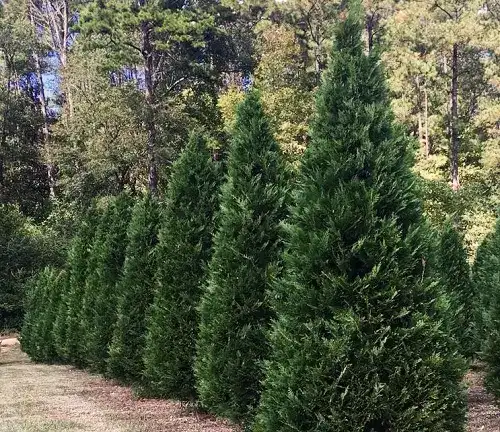
National Forest
Some national forests permit tree-cutting during the holiday season. This option allows you to select a tree in a more natural setting, often in remote areas.
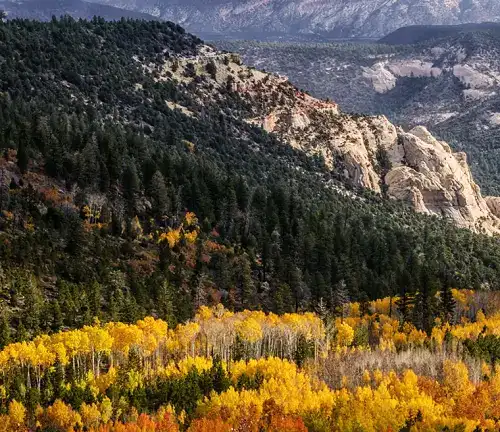
Researching Your Options
Once you’ve decided on a tree farm or national forest, conduct thorough research:
Check Regulations: Different locations may have varying regulations regarding tree cutting. Be sure to familiarize yourself with these rules to ensure you’re in compliance.
Availability: Confirm the dates when tree cutting is allowed. Some places may only permit cutting on specific weekends or during designated periods.
Pricing: Understand the cost associated with obtaining a permit or purchasing a tree from a farm. Prices can vary, so it’s essential to budget accordingly.
Timing Matters
Timing is crucial when cutting your own tree. Aim to go tree-cutting in early December to ensure your tree remains fresh throughout the holiday season.
Early December
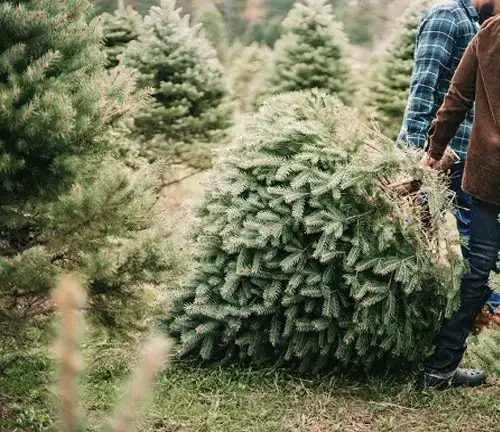
Aim to go tree-cutting in early December. This timing ensures that your tree remains fresh and retains its needles throughout the holiday season. Cutting the tree too early may result in premature needle drop while waiting too late can limit your choices.
Gathering the Right Tools
Before heading out to cut down your tree, gather the necessary tools to make the process smoother and more efficient:
Saw
A sharp hand saw is the primary tool for cutting down your tree. Ensure that the saw is in good condition and has a comfortable grip for ease of use.
Gloves
Sturdy gloves are essential for protecting your hands while handling the tree and tools. Look for gloves with a good grip to prevent slippage.
Measuring Tape
Bring a measuring tape to assess the tree’s height and width, ensuring it will fit comfortably in your chosen space at home.
Sturdy Ropes or Bungee Cords
You’ll need ropes or bungee cords to secure the tree to your vehicle for safe transport. Make sure they are strong and durable.
Having the right tools and conducting thorough research will help you plan a successful and memorable tree-cutting adventure, creating lasting holiday memories for you and your loved ones.
Choosing the Perfect Tree
Setting Your Criteria
Size, Shape, and Species: Begin by determining your specific preferences for the tree. Consider the following:
- Size: Measure the space where the tree will be placed at home. Ensure that the tree’s height and width fit comfortably within the designated area.
- Shape: Think about the shape you desire. Some people prefer a full and bushy tree, while others may prefer a more slender or symmetrical shape.
- Species: Different tree species offer varying needle types, colors, and fragrances. Common options include Douglas fir, Fraser fir, and Scotch pine. Research the characteristics of each species to find one that suits your preferences.
Inspecting the Tree
Before making your final decision, it’s essential to thoroughly inspect the tree for signs of quality and health:
Needles
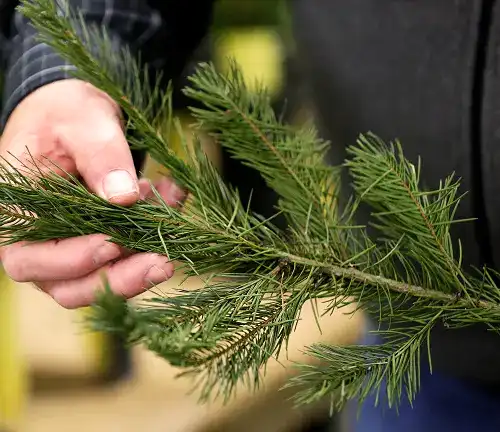
Examine the tree’s needles closely. They should be vibrant green and firmly attached to the branches. Avoid trees with brown or brittle needles, as they may have already started drying out.
To examine the needles of a pine tree for a Christmas tree, look for the following:
- Length: Pine needles can vary in length from about 1 inch to 12 inches, depending on the species. For a Christmas tree, you will want to choose a tree with needles that are long enough to be attractive, but not so long that they are difficult to decorate.
- Color: Pine needles can be green, blue, silver, or even yellow, depending on the species. Choose a tree with needles that have a color that you like and that will complement your Christmas decorations.
- Texture: Some pine needles are soft and flexible, while others are stiff and sharp. For a Christmas tree, you will want to choose a tree with needles that are soft to the touch, so that they won’t poke your hands or skin.
- Aroma: Pine needles have a characteristic pleasant aroma. Choose a tree with needles that have a strong aroma that you enjoy.
Pests and Disease
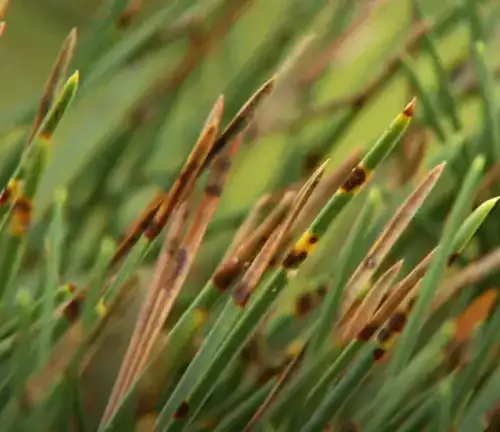
Check for any visible signs of pests or disease. Look for unusual spots, discoloration, or damaged bark. Trees with signs of infestations or diseases should be avoided to prevent potential problems in your home.
Branch Strength
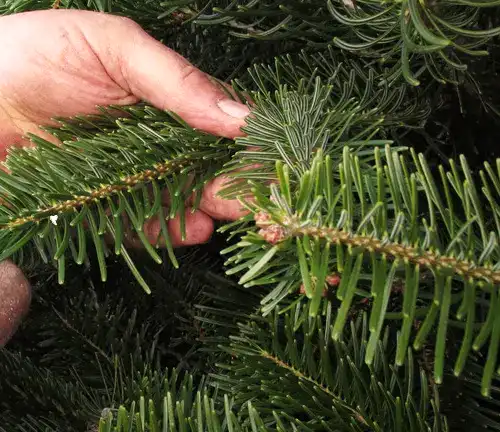
Gently tug on a few branches to test their strength. A healthy tree should have resilient branches that spring back into place. Avoid trees with weak or brittle branches.
Symmetry
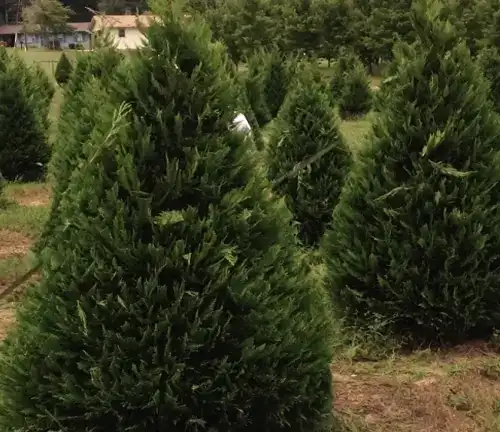
Step back and assess the tree from different angles. Ensure that it is symmetrical and well-proportioned, especially if you have a preference for a balanced shape.
Cutting Techniques
Once you’ve chosen the perfect tree, it’s time to cut it down. Proper cutting techniques are essential to ensure a clean and straight cut and ease of removal:
Cut Close to the Ground

Position yourself close to the base of the tree and use your saw to make a clean, straight cut as close to the ground as possible. A low cut ensures that the tree will fit well in your tree stand at home.
Cut at a Slight Angle
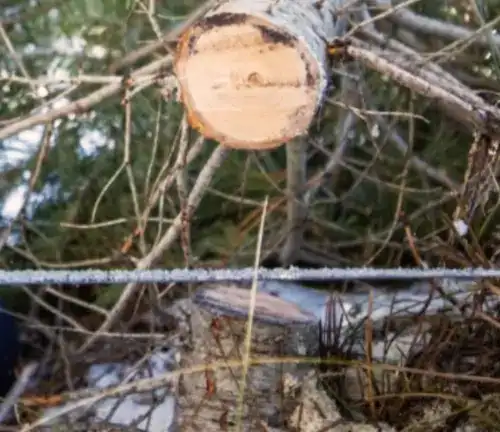
For better water absorption, consider cutting the tree at a slight angle (about 45 degrees) rather than a straight horizontal cut. This can help the tree stay fresh longer.
By following these guidelines for choosing and cutting your tree, you can ensure that you bring home a beautiful, healthy, and long-lasting centerpiece for your holiday celebrations.
Transporting Your Tree Safely
Securing the Tree
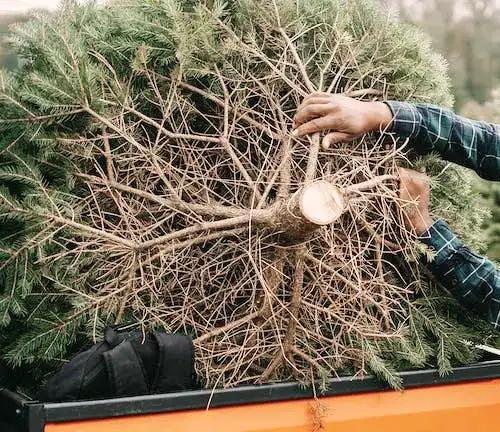
Secure the tree firmly to your vehicle with ropes or bungee cords. Ensure it’s facing forward and won’t obstruct your vision while driving.
Protecting the Tree
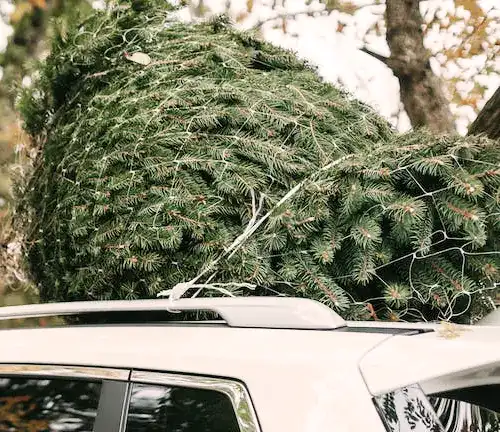
Cover the tree with a tarp or tree bag to prevent wind damage and keep it fresh during transport.
Setting Up Your Tree at Home
Trimming the Tree’s Base: Preparing the base of your Christmas tree is a crucial step to ensure its longevity and freshness throughout the holiday season. Follow these steps for a proper base preparation:
- Measure Twice: Before you even bring your tree inside, measure both the height of the tree and the height of the tree stand’s reservoir. Ensure there’s enough room for the tree to fit comfortably without obstructions.
- Create a Fresh Cut: Using a sharp saw, trim the tree’s base at a slight angle, typically around 45 degrees. This fresh cut is essential because it opens up the tree’s capillaries, allowing it to absorb water more effectively. A clean, slanted cut is better than a straight one as it increases water uptake.
- Remove Lower Branches: If the lower branches of your tree are too close to the ground or interfere with fitting the tree into the stand, trim or remove them. This step ensures that the tree sits securely in the stand.
Selecting a Sturdy Stand: Choosing the right tree stand is critical for the stability and safety of your Christmas tree. Here’s what to consider:
- Sturdiness: Opt for a stand that is robust and capable of supporting the weight of your tree without tilting or toppling.
- Water Reservoir: A stand with a water reservoir is highly recommended. It allows you to keep the tree hydrated, reducing the risk of needle drop and keeping the tree fresher for longer.
- Adjustable Screws: Some stands come with adjustable screws or clamps to secure the tree in an upright position, ensuring it remains straight.
- Tree Size Compatibility: Ensure that the stand is suitable for the size of your tree and can accommodate the trunk securely.
Adding Water: Immediately after placing your tree in the stand, fill the stand’s reservoir with water. Check the water level regularly and maintain it within the recommended range. Keeping the tree well-hydrated is vital for its health and longevity.
Tree Care Tips

Taking care of your Christmas tree is essential to maintain its freshness and safety throughout the holiday season. Here are some vital tips to ensure your tree remains beautiful and healthy:
Watering Your Tree
Regular Watering: One of the most critical aspects of tree care is keeping it well-hydrated. Follow these steps to ensure your tree receives adequate water:
- Initial Watering: Immediately after setting up your tree in the stand, fill the stand’s reservoir with water. This initial watering is crucial to help the tree absorb water effectively.
- Daily Monitoring: Check the water level in the stand’s reservoir daily. Ensure it remains within the recommended range, which is typically one quart of water per inch of the trunk’s diameter. A well-hydrated tree will stay fresh longer and exhibit fewer needle drops.
- Use Warm Water: Some experts suggest using warm water for watering, as it can be absorbed more easily by the tree. However, room-temperature water works well too.
- Avoid Letting It Dry Out: Never let the water level drop below the base of the tree trunk. If the cut end of the trunk is exposed to air, it can seal over with resin, making it difficult for the tree to absorb water effectively.
Safety First
Ensuring the safety of your Christmas tree is paramount. Here are some key safety considerations:
- Heat Sources: Keep your tree well away from heat sources such as radiators, heating vents, fireplaces, and wood-burning stoves. Excessive heat can cause the tree to dry out quickly and become a fire hazard.
- Open Flames: Do not place open flames, such as candles, near the tree. Even though it may be tempting to create a cozy ambiance, it poses a significant fire risk.
- Tree Securing: Ensure that your tree is securely anchored in its stand. A tree that is well-balanced and properly secured is less likely to tip over, preventing accidents, especially if you have pets or young children.
- Inspect Lights: If you’re using lights on your tree, carefully inspect them for any damage, frayed wires, or exposed filaments. Replace any faulty lights promptly to reduce the risk of electrical fires.
- Turn Off Lights: Always turn off your tree lights when you leave the room or go to bed. This not only conserves energy but also reduces the risk of overheating and fire.
Conclusion
Cutting down your own Christmas tree is a heartwarming tradition that creates lasting memories. By following these tips and guidelines, you can embark on a successful tree-cutting adventure and enjoy the beauty and fragrance of a real tree in your home during the holiday season.
FAQs (Frequently Asked Questions)
- Can I cut down a Christmas tree in a national forest?
Yes, many national forests offer permits for tree-cutting during the holiday season. Check with your local forest for details. - How do I keep my tree fresh after cutting it?
Keep the tree hydrated by placing it in a stand with water and regularly replenishing the water supply. - What species of trees are suitable for Christmas?
Popular choices include Douglas fir, Fraser fir, and Scotch pine. Choose a species that fits your preferences and space. - Is it better to cut my own tree or buy a pre-cut one?
Cutting your own tree can be a memorable experience, but pre-cut trees are convenient for those with limited time or access to tree farms. - How long can I keep a Christmas tree in my home?
With proper care, a well-hydrated tree can last for up to four weeks in your home, maintaining its beauty throughout the holiday season.
Wishing You a Merry and Bright Holiday Season: As we wrap up this guide, I want to extend warm wishes to you and your loved ones. May your home be filled with laughter, love, and the delightful scent of your beautifully adorned Christmas tree.
I’d love to hear from you. Have you tried any of these tips? What are your favorite holiday traditions when it comes to your Christmas tree? Your comments and experiences are invaluable, and they can inspire others in their festive preparations.


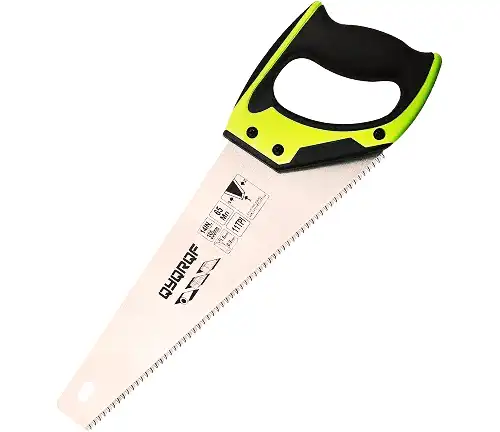

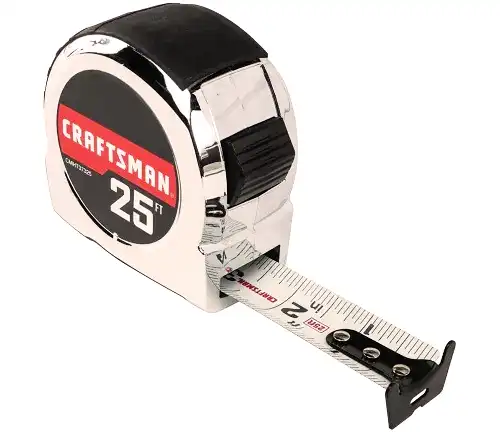
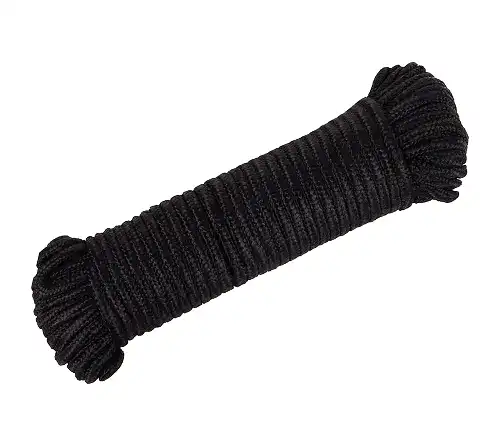
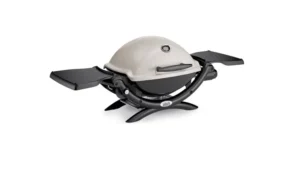




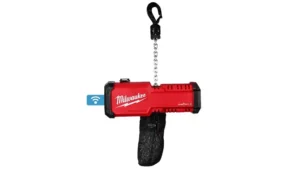



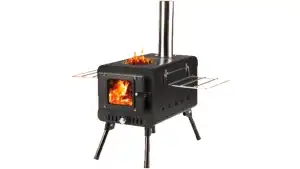

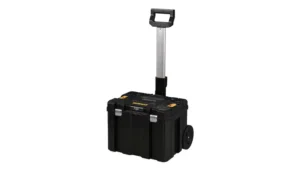
Leave your comment